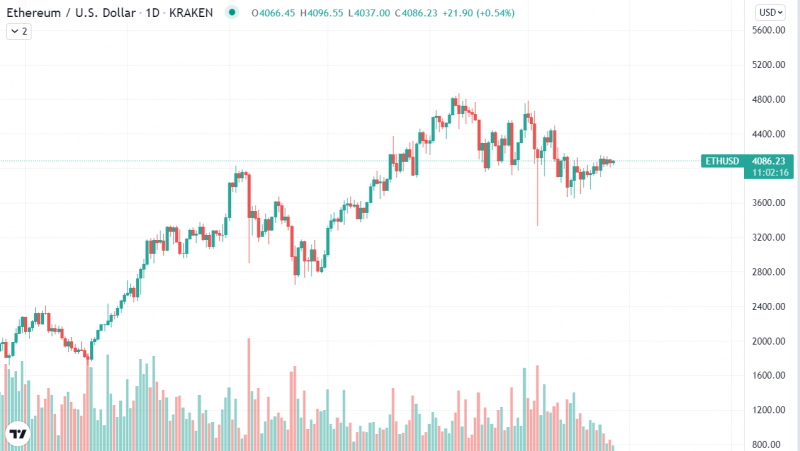
This on-chain Ethereum metric may confuse some traders and create bearish sentiment, but here’s why it could be wrong
According to data provided by Glassnode and WuBlockchain, Ethereum’s exchange outflows have reached a four-year low, which might confuse some traders and investors since the outflow indicator remains one of the main ways of determining trends on the crypto market.
Why flow volume can confuse some
As many chain and market analysts note, exit volume is typically used as the primary indicator of an uptrend. With a low Volume Outflow, selling pressure on the market decreases, which directly impacts the price of the asset.
In addition to the Outflow Volume, traders use exchange reserves indicators that tend to correlate with outflow volumes. But in this case, Outflow Volume has dropped significantly, which might be considered a bearish signal by some traders, though it is not necessary.
The low exit volume may be related to the fact that Ethereum’s foreign exchange reserves are too low and the number of traders or investors holding their funds on exchanges has reached record highs.
If the majority of traders and investors are not holding the main portion of their Ethereum collateral on exchange addresses, Outflow Volume will most certainly decrease until exchange reserves recover to Ethereum’s pre-pump values.
Ethereum’s performance in the market
Ethereum still remains in one of the strongest positions in the cryptocurrency market with a gain of over 40% over the past three months. After the major correction in the cryptocurrency market, Ethereum has become even more valuable among investors, thanks to its relatively neutral performance over the past two weeks.

While the majority of assets on the market have lost up to 30% of their value, Ethereum has gone through an 8% correction and is now consolidating at $4,000 support.


















